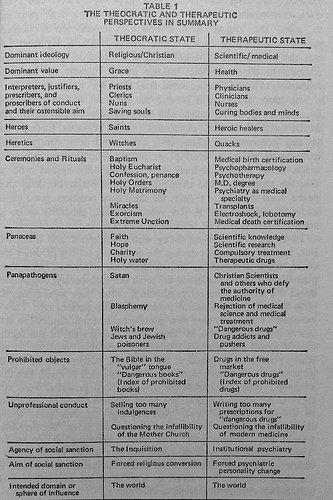The tragic irony of this whole emphasis on (illicit, entirely uncontrollable) products is what kind of (entirely nonexistent) protections that those State Taxed Coffin Nails have waiting in store for your internal organs:
II. Pesticides in Tobacco (2013)
Tobacco, like Cannabis, is principally intended for consumption via combustion and
inhalation. Unlike Cannabis, the agricultural inputs used with tobacco have been rigorously
studied and regulated (although pesticide residue monitoring is far from uniform, as we
will see). For this reason, regulations for tobacco productions are an especially useful
comparison for similar regulations for Cannabis.
Tobacco is produced by a large and powerful agricultural industry that makes
significant use of pesticides to protect the growing crop and harvested tobacco during
curing, manufacturing, and storage. As many as 16 separate applications of pesticides are
recommended by tobacco companies just in the interval between greenhouse seed sowing
and transplantation into the field (Taylor 1994). In the United States, however, regulation
of pesticide use in tobacco presents unusual dichotomies when compared to pesticide
regulation in food production. As described above, the EPA is charged with regulating
pesticide use in agriculture, and for literally hundreds of agricultural commodities there
are explicit maximum residue level (MRL) tolerances that may not be exceeded. By the
early 1990s, there were at least 37 pesticides approved by the EPA for use on tobacco crops
in this country, although since that time many of these materials have had their
registrations for use in tobacco cancelled (Anon. 2003).
While EPA approvals address requirements for worker protective gear and health
monitoring, application rates and frequencies, pre-harvest intervals, and other factors, the
EPA has determined that pesticide residues in finished tobacco pose a negligible
incremental risk to health when compared to the direct effects of nicotine and other
combustion products in tobacco smoke. The EPA has chosen to not regulate pesticide
residues in domestically grown tobacco, and it does not issue residue level guidelines for
tobacco products at this time. This is despite the stipulation in the Family Smoking
Prevention and Tobacco Control Act (Public Law 111-31, H.R. 1256, June 22, 2009, which
provided the FDA with authority to protect public health by regulating tobacco products)
that “Beginning 2 years after the date of enactment of the Family Smoking Prevention and
Tobacco Control Act, a tobacco product manufacturer shall not use tobacco, including
foreign grown tobacco, that contains a pesticide chemical residue that is at a level greater
than is specified by any tolerance applicable under Federal law to domestically grown
tobacco.” At the point in 2011 when this law would seem to have been enforceable, the
FDA issued a statement to the tobacco industry that included the following statement: “To
determine whether there are pesticide residue tolerance levels applicable to domestic
tobacco, the Food and Drug Administration (FDA) consulted with the U.S. Department of
Agriculture (USDA) and U.S. Environmental Protection Agency (EPA). According to USDA
and EPA, under their laws there are currently no established tolerance limits for pesticide
chemical residues that apply to domestically grown tobacco. If such a tolerance is
established, we plan to provide this information to tobacco product manufacturers.”
At this writing, the situation has not changed, and in this country pesticide monitoring has been largely left to the discretion of the industry, with few exceptions, described below. The U.S. tobacco industry is known to have vigorously lobbied against stricter pesticide controls and public disclosure of residue levels (McDaniel et al. 2005). The situation in the European Union is similar. …
… The EPA regulates which pesticides can be applied during production and
subsequent manufacturing, but in general it has not regulated pesticide residue levels in
the final products of domestic producers (Stephenson 2003; Deyton 2011). Instead, the
agency requires evaluation of residue behavior in tobacco from field trials, and has
demanded additional data when pesticides or known harmful breakdown products exceed
0.1 parts per million (ppm) in the harvested or cured crop (Stephenson 2003). Additional
information regarding pyrolysis products (compounds formed during combustion) in
tobacco smoke have been requested when residue levels have exceeded this threshold, but
empirically determined levels in smoke have not been determined to warrant further
regulatory action by the agency. …
… the American tobacco market consists of both
domestic and imported product. Since imported tobacco is not subject to EPA regulations
in the production stage, scrutiny is applied upon import instead. For imported tobacco and
the portion of domestic tobacco that the federal government procures under the tobacco
price support program, the USDA monitors the residues of 20 pesticides that are otherwise
prohibited for tobacco use in the U.S. This monitoring regime protects domestic growers
from unfair competition from foreign producers and mitigates the public’s exposure risk to
highly toxic pesticides banned for use in this country.
Source:




